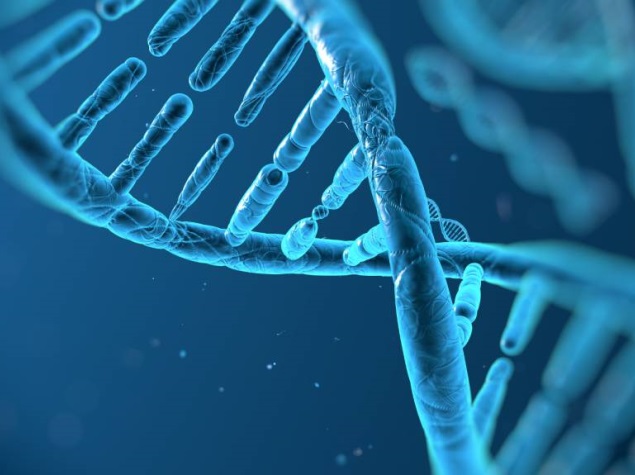- Home
- Science
- Science News
- New Face Recognition Software Can Help Diagnose Rare Disorders: Study
New Face-Recognition Software Can Help Diagnose Rare Disorders: Study

The computer programme recognises facial features in photographs; looks for similarities with facial structures for various conditions, such as Down's syndrome, Angelman syndrome, or Progeria; and returns possible matches ranked by likelihood.
Using the latest in computer vision and machine learning, the algorithm increasingly learns what facial features to pay attention to and what to ignore from a growing bank of photographs of people diagnosed with different syndromes.
While genetic disorders are each individually rare, collectively these conditions are thought to affect one person in 17. Of these, a third may have symptoms that greatly reduce quality of life. However, most people fail to receive a genetic diagnosis.
"A diagnosis of a rare genetic disorder can be a very important step. It can provide parents with some certainty and help with genetic counselling on risks for other children or how likely a condition is to be passed on," said lead researcher Dr. Christoffer Nellaker of the MRC Functional Genomics Unit at the University of Oxford.
"A diagnosis can also improve estimates of how the disease might progress, or show which symptoms are caused by the genetic disorder and which are caused by other clinical issues that can be treated," said Nellaker.
Identifying a suspected developmental disorder tends to require clinical geneticists to come to a conclusion based on facial features, follow up tests and their own expertise.
It's thought that 30-40 percent of rare genetic disorders involve some form of change in the face and skull, possibly because so many genes are involved in development of the face and cranium as a baby grows in the womb.
The researchers set out to teach a computer to carry out some of the same assessments objectively. They developed a programme that - like Google, Picasa and other photo software - recognises faces in ordinary, everyday photographs.
The programme accounts for variations in lighting , image quality, background, pose, facial expression and identity. It builds a description of the face structure by identifying corners of eyes, nose, mouth and other features, and compares this against what it has learnt from other photographs fed into the system.
The algorithm sees patients sharing the same condition automatically cluster together. The algorithm does better at suggesting a diagnosis for a photo where it has previously seen lots of other photos of people with that syndrome, as it learns more with more data.
Patients also cluster where no documented diagnosis exists, potentially helping in identifying ultra-rare genetic disorders.
Catch the latest from the Consumer Electronics Show on Gadgets 360, at our CES 2025 hub.
- Samsung Galaxy Unpacked 2025
- ChatGPT
- Redmi Note 14 Pro+
- iPhone 16
- Apple Vision Pro
- Oneplus 12
- OnePlus Nord CE 3 Lite 5G
- iPhone 13
- Xiaomi 14 Pro
- Oppo Find N3
- Tecno Spark Go (2023)
- Realme V30
- Best Phones Under 25000
- Samsung Galaxy S24 Series
- Cryptocurrency
- iQoo 12
- Samsung Galaxy S24 Ultra
- Giottus
- Samsung Galaxy Z Flip 5
- Apple 'Scary Fast'
- Housefull 5
- GoPro Hero 12 Black Review
- Invincible Season 2
- JioGlass
- HD Ready TV
- Laptop Under 50000
- Smartwatch Under 10000
- Latest Mobile Phones
- Compare Phones
- OnePlus 13R
- Moto G05
- Oppo Reno 13F 4G
- Oppo Reno 13F 5G
- Huawei Nova 13i
- Itel A80
- HMD Key
- Redmi Turbo 4
- Lenovo Yoga Slim 9i (2025)
- Lenovo ThinkPad X9 15 Aura Edition
- Honor Pad X9 Pro
- Honor Pad V9
- Amazfit Active 2
- boAt Enigma Gem
- Sony 65 Inches Ultra HD (4K) LED Smart TV (KD-65X74L)
- TCL 55 Inches Ultra HD (4K) LED Smart TV (55C61B)
- Sony PlayStation 5 Pro
- Sony PlayStation 5 Slim Digital Edition
- Blue Star 1.5 Ton 3 Star Inverter Split AC (IC318DNUHC)
- Blue Star 1.5 Ton 3 Star Inverter Split AC (IA318VKU)












